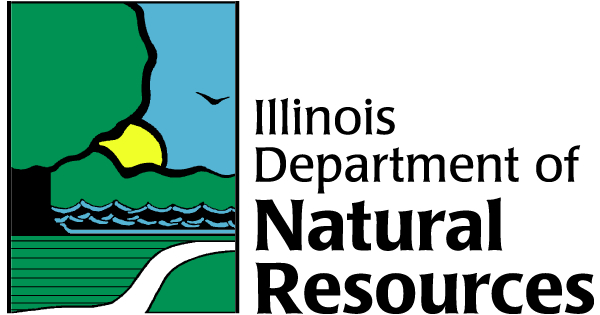For Your Garden - March 2009
Warmer temperatures, increasing amounts of daylight and beautiful flowers are just some of the reasons that people enjoy spring. Planning ahead can help you to provide even more color in your spring landscape. Native trees make wonderful additions to your garden as well as providing food and shelter for wildlife and nesting sites for birds. Although they take time to grow and flower, the results will be worth the wait!
redbud (Cercis canadensis)
The clusters of red-purple flowers on the redbud tree are distinctive. They bloom in early spring before the leaves unfurl. Each flower is about one-half inch in length. The leaf is heart-shaped with smooth edges and a small point at the tip. Leaves are arranged alternately along the stem. The redbud tree grows best in well-drained to moderately well-drained soil. The tree may eventually reach a height of 20-30 feet but grows slowly. In a forest, it is a part of the understory, so it is tolerant of shade. The tree crown is usually broad and flattened. The fruits are legumes (similar to pea pods) with several seeds. The bark is red-brown and separates into plates and scales. Redbud grows naturally throughout most of Illinois.
Classification and taxonomy are based on Mohlenbrock, Robert H. 2014. Vascular flora of Illinois: A field guide. Fourth edition. Southern Illinois University Press, Carbondale. 536 pp.
Illinois Range
Native Plant Information
For more information about Illinois native plants, visit our Native Habitat Descriptions, Requirements, and Plant Lists page. The following publications are available from the IDNR on our publications page.
Taxonomy
Kingdom: Plantae
Phylum: Magnoliophyta
Class: Magnoliopsida
Order: Fabales
Family: Fabaceae


